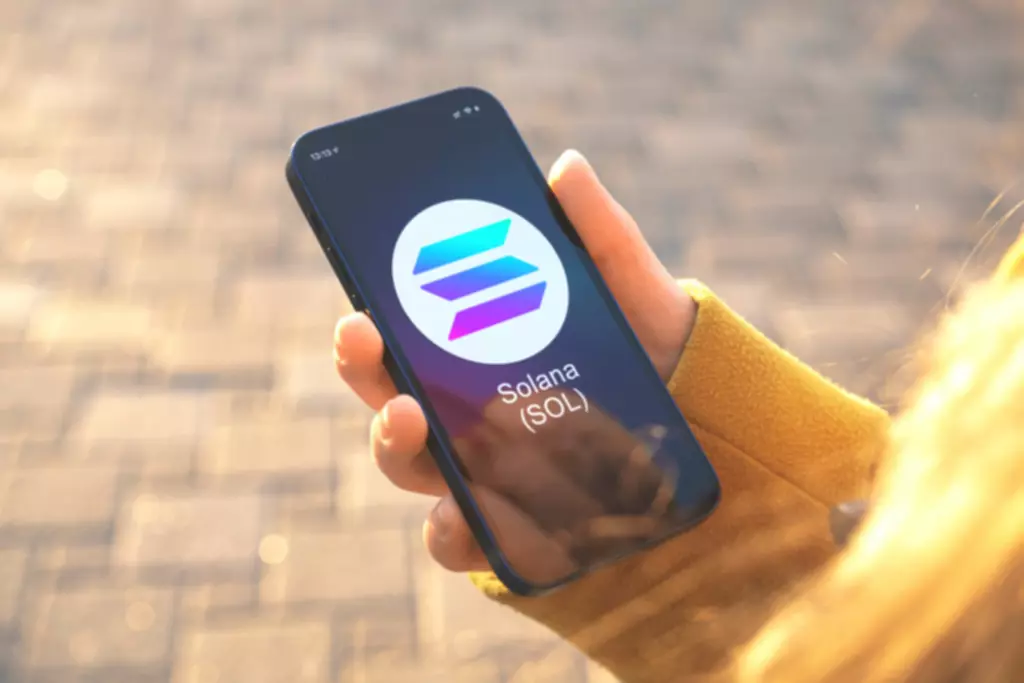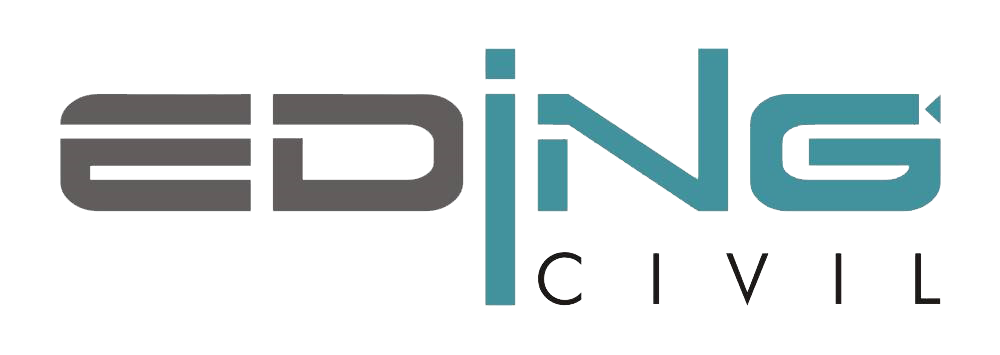Content
- Aussie State Government Blockchain Platform May Prevent A Tower Block Inferno
- Ibl Presents Blockchain Financial Applications At Cpa Australia Vietnam Workshop
- Zkbridge: Trustless Cross
- Trustless Bridges: The Holy Grail For Blockchain Interoperability?
- What Are Blockchain Bridges, And How Do They Work?
- Data Poisoning Attacks To Local Differential Privacy Protocols
But what differentiates it is that AVM is very lightweight and much faster than EVM. Familiar with consensus protocol used by the bridge and storing valid transactions. Finalized report is shown, all the fees are distributed to the connecting network and bridge validators.

A peer-to-peer-based banking system that leverages the convenience of traditional banking setups is a hope gifted by trustless bridges. As a result, an app built on Ethereum can’t naturally access Solana or Cardano blockchains. To get around this problem, a bridge can be built that connects Ethereum to Solana, for example. AION will help them migrate to other chains and provide their applications to a bigger user pool.
Aussie State Government Blockchain Platform May Prevent A Tower Block Inferno
Harmony One is a trustless bridge linking Ethereum to other blockchains, and the Polygon bridge connects Ethereum to the Polygon blockchain. The arrival of interoperable solutions shall act as a window for multiple DeFi products and applications. The hacking of Wormhole, a Solana-Ethereum bridge, drew attention to blockchain bridges. Its hacking resulted in the loss of more than $320 million in investors’ funds.
Growing transaction charges are an outright bane for developers and users alike. As developers embrace building products that can be accessed across multiple blockchains, more Ethereum bridges have launched. NEAR offers a trustless connection between the NEAR blockchain and Ethereum, powering DeFi, NFT, and other dapps.

AION also provides a vast range of tools that makes it easy for developers to code Daps on its blockchain. The most obvious thing is, the participating network should be decentralized. Blockchain bridges are important because they enable developers to tap into the strengths of various platforms to build more useful products.
ChainX, a crypto assets gateway, is planning bridges to several networks and has implemented a BTC-to-Substrate bridge. The AION ecosystem has some guidelines that need to be fulfilled if any network wants to be a part of it. When a network passes the criteria, then they are called participating networks. A bridge running as a parachain on Polkadot may have collators monitoring and translating the information between the Polkadot Relay Chain and an external chain, for example, Bitcoin.
Meanwhile, decentralized applications — the fruits of decentralization — are being held up. The costs of running operations there, called gas fees, can spike, and Ethereum also suffers congestion problems because it can support only about 15 transactions per second. Bitcoin is both the name of the flagship cryptocurrency created by https://xcritical.com/ mysterious Satoshi Nakamoto and the blockchain that hosts it. Ethereum, another major blockchain, hosts most of the decentralized apps or dapps. Blockchain Council is an authoritative group of subject experts and enthusiasts who evangelize blockchain research and development, use cases and products and knowledge for a better world.
Because of this, liquidity networks like Connext are likely a safer option for users who are transferring large amounts of value. The bridging protocol allows routing of messages between participating blockchains. The connecting bridge might have been a centralized entity, but AION replaces it with its own blockchain. According to What is a Blockchain Bridge this, tokens do not leave their respective blockchains during the transaction. The token is burned or locked in its blockchain, while its equivalent is minted or created on another blockchain.
Ibl Presents Blockchain Financial Applications At Cpa Australia Vietnam Workshop
If not trusted, these bridges are also the least capital efficient because they need to scale collateral proportional with the economic throughput they are facilitating. As blockchain technology matures, several projects are addressing this problem by building “bridges” between networks. The move to a world where blockchains and systems are interoperable will allow applications to build on each other’s services and strengths. This will likely have a major impact across a wide range of services, as a new, decentralized and interoperable internet begins to take shape. This is akin to a peer-to-peer network where each node acts as a “router” that holds an “inventory” of assets of both the source and destination chain. These networks usually leverage the security of the underlying blockchain; through the use of locking and dispute mechanisms, users are guaranteed that routers cannot run away with user funds.
To that end, we receive cryptocurrency mixing for free through the bridge operations and de-scribe how to extend these protocols to incentivise bridge transfers using past ideas. We describe how resulting protocols lead to similar vampire style attacks coined in the Uniswap vs. Sushiswap saga but across chains. The blockchain technology that underpins cryptocurrencies has enormous potential.
But it also has some challenges in terms of competitors like Wanachain, POA network, and Cosmos, who are well funded and as talented as the AION team. The AION ecosystem allows them to come together and provide a greater value to their clients. To be the go-to solution for blockchain interoperability, AION needs to master it. Without a doubt, it will give a clear pathway for the adoption of blockchain. We know Blockchain technology is rapidly developing, and with that, interoperability has always been an issue. Many developers, particularly those in high-volume sectors such as gaming, are now looking to layer two solutions to solve their problems.
Blockchain Council creates an environment and raises awareness among businesses, enterprises, developers, and society by educating them in the Blockchain space. We are a private de-facto organization working individually and proliferating Blockchain technology globally. Aion’s multi-tier blockchain network allows the participating networks to form chains between them. The potential driver of decentralized finance growth is enhanced interoperability. Furthermore, the best bridges will be the most secure, interconnected, fast, capital-efficient, cost-effective, and censorship-resistant.
But Polkadot also allows parachains and external networks like Bitcoin or Ethereum to interoperate via bridges. By contrast, trustless bridges are those in which users don’t have to place trust in a single entity or authority. In this paper, we present a protocol for facilitating trust-less cross-chain cryptocurrency transfers that preserve privacy of bridge withdrawals. We leverage zero-knowledge primitives that are commonly used to design cryptocurrency mixing protocols to provide similar functionality but across two or more blockchains.
It then flows through the bridge and the connecting networks to the targeted blockchain. The second generation is of the Ethereum blockchain, which allows developers to build decentralized applications and use sophisticated algorithms to deploy what we essentially call smart contracts. Bifrost has developed an EOS network bridge that enables trustless cross-chain asset transfer.
Zkbridge: Trustless Cross
Through trustless bridges, the potential emerges for DeFi platforms and centralized banks to collaborate. There are over 100 active public blockchains, many of which have their own unique applications, users, geographies, security models, and design trade-offs. Despite what individual communities believe, the reality is that the universe tends towards entropy, and the number of these networks will likely continue to increase into the future.
- As a result, an app built on Ethereum can’t naturally access Solana or Cardano blockchains.
- Bitcoin is both the name of the flagship cryptocurrency created by mysterious Satoshi Nakamoto and the blockchain that hosts it.
- Rollups are the hot new workaround, bundling transactions for higher throughput.
- AION will help them migrate to other chains and provide their applications to a bigger user pool.
- We are a private de-facto organization working individually and proliferating Blockchain technology globally.
The problem is that there are multiple blockchains out there, resulting in a deeply fragmented environment. Fortunately, trustless Ethereum bridges are helping to overcome this challenge. The employment of trustless bridges is an effective way for blockchains to grow in unison. It also acts as a great incentive for developers to design DeFi applications that advance the prospect of an open financial system. Trustless bridges usher in a new era of interoperability that will ultimately unlock new value for the benefit of all market participants. These are the properties that need to be maximized if we want to realize the vision of an “internet of blockchains”.
Trustless Bridges: The Holy Grail For Blockchain Interoperability?
However, many of these solutions have been slow to deliver while developers waver over options like Plasma state channels technology. Rollups are the hot new workaround, bundling transactions for higher throughput. With interoperability, the traditional mentality of “I use blockchain B as it is better than blockchain A” undergoes a paradigmatic shift. We are moving toward a culture where blockchains A and B collaborate and are used in unison for a specific purpose. Users can deploy smart contracts and migrate existing Decentralized Apps or Daps from Ethereum to the AION chain in less than 5 minutes.

This will enable ETH, ERC-20 assets and arbitrary data to be transferred from Ethereum to Polkadot. Ethereum, the largest blockchain, hosts most DeFi, NFT, metaverse, and Web3 apps. Developers like it because it offers powerful tools, but it also has some downsides. However, the fact is that many Ethereum layer two protocols leave DApps constrained to the Ethereum ecosystem. Without the chance to interoperate, developers and users can’t tap into any value emerging from other platforms.
What Are Blockchain Bridges, And How Do They Work?
After the On Hold state, the transactions are then forwarded to the connecting network. The transaction reaches the targeted blockchain B and successfully transfers data between them. Moog also specializes in manufacturing parts for the aerospace and defense industries. This collaboration aims to build a blockchain solution with the capacity to propel the manufacturing industry into the blockchain age.
Data Poisoning Attacks To Local Differential Privacy Protocols
Even six years after launch, Ethereum’s transaction speed languishes around 15 transactions per second . The combination of the above factors derails the efforts of developers by pummelling the feasibility of their projects. You can transfer data from one blockchain to another by passing over the AION blockchain. Generally, applications designed for one network only work within that network, limiting their potential for broader adoption.
Blockchain technology has come a long way since 2008 when the Bitcoin white paper was published.
Trustless, Privacy
A blockchain bridge is a connection that allows the transfer of tokens and/or arbitrary data from one chain to another. As the name implies, blockchain bridges are built to span blockchains and facilitate communication. This technology solves the issue of interoperating between two different protocols. Using trustless bridges, users can leverage the benefits of both blockchains.
Yes, there are crypto exchanges that solve the problem of interoperability, but all of them are centralized. The first generation of Blockchain is Bitcoin, which essentially solves the problem of peer-to-peer money transactions without intermediaries and provides transparency of the transactions. To strengthen What is a Blockchain Bridge the bridge security, we are offering community members to participate and earn incentives. The collaboration between Google Cloud and Near Protocol will help NEAR developers create and scale up Web3 projects and DApps. Before working on AION, the founders were working on the Dellitoe blockchain division.
Touted as a solution for applying decentralized finance outside of the Ethereum blockchain, interoperability furthers the idea of decentralization. By facilitating seamless communication between different blockchain networks, interoperability is where the future lies. As per a DApp market report, around 59% of all DApps run on the Ethereum blockchain. The growth of decentralized finance on Ethereum notwithstanding, many developers and users are unhappy with the network.
